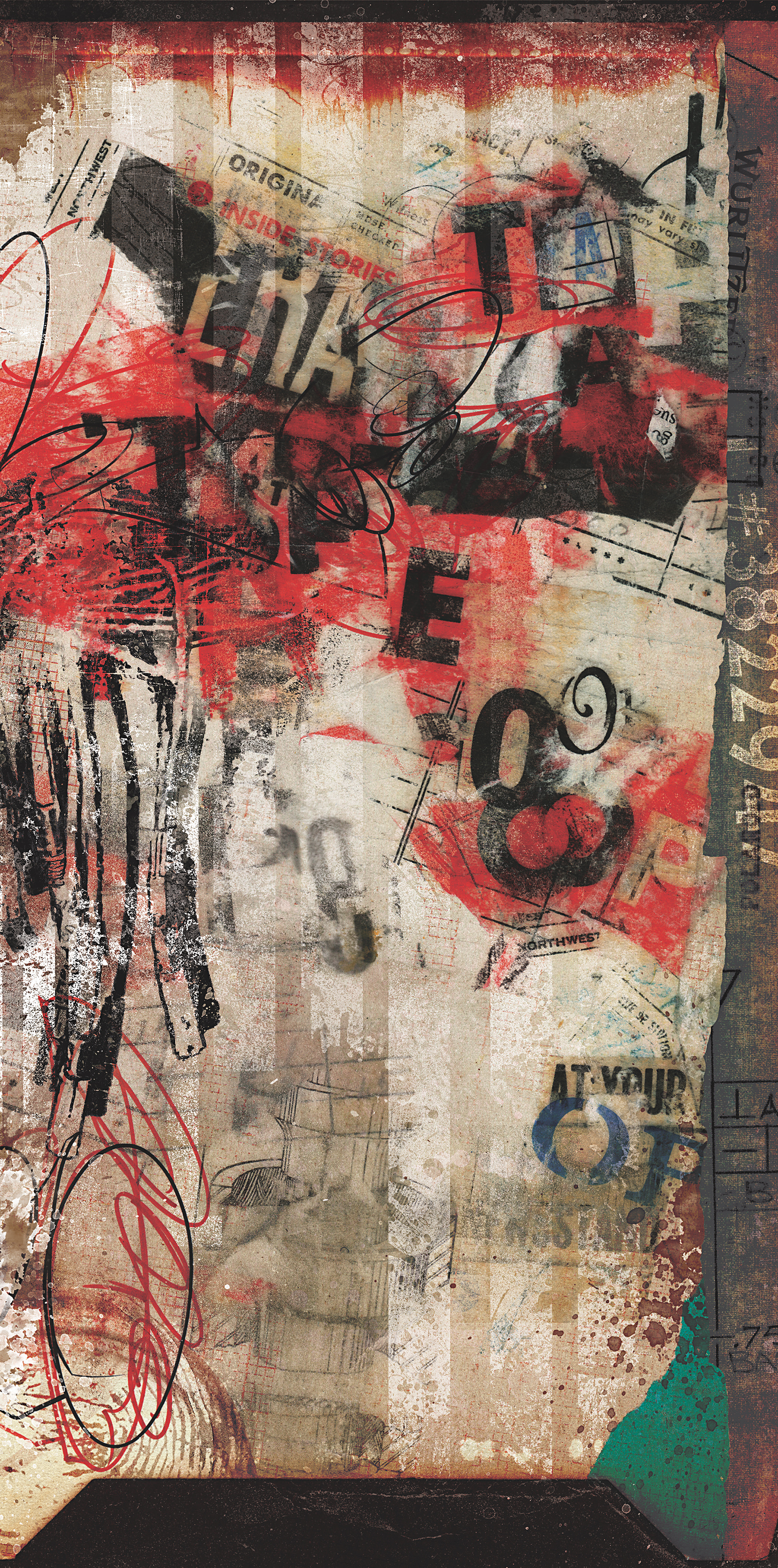I’m gonna come clean right out of the gate: I’m a big believer in Empirical Labs [Tape Op #33]. I have owned at least one EL8 Distressor [#32] in my personal studio since 2009, and it continues to be my first-choice hardware compressor many times over. So, when I had the opportunity to review Dave Derr’s EL9 Mike-E channel strip, there was no way I was going to pass it up.
I was already aware that the Mike-E had been in production since 2010, but before this review, I had never touched one – or ever heard one. More recently, when I started choosing gear for my new studio, SoundShop370, this past fall, I actually passed over it because I didn’t understand why a channel strip would forego including an EQ in its signal path. But (spoiler alert), I’m kicking myself now that I didn’t include a pair of EL9s in my rack.
First off, let me articulate what this unit is – because it’s actually quite a unique piece of gear, albeit incredibly easy to use. The Mike-E’s first stage hits a digitally-controlled mic pre. The input is either via XLR on the rear or 1/4-inch DI located on the far left of the front panel (the DI takes priority even if there is an XLR present on the backside). The pre can be increased or decreased in 5 dB increments: from 10 dB up to 60 dB using two buttons underneath stepped LEDs. While there is no level metering, there is a red LED (labeled “Bad!”) when the circuit overloads. Next, moving to the small section right of the pre, there is a button that toggles between phase inversion, an 80 Hz high-pass filter (and “off” or neither). Finally, the button that sits directly below engages phantom power.
The next portion on the faceplate is the “CompSat” section of the unit, which is a multi-stage compressor and soft clipping circuit. The first iconic white Empirical Lab’s knob provides saturation (marked Drive), and as you increase the gain, the peaks start to flatten out as a second clip circuit engages. The next portion of this section is based on Empirical Lab’s Distressor but allows for a longer attack time (up to 100 ms). Ratios include: 1:1, 2:1, 4:1, 8:1, plus the proprietary Nuke setting. An HF Emphasis option allows boosting and soft clipping before the CompSat circuit. Release times are controlled by a single push-button (.05, .1, .25, and .5 seconds), and this section is finished off with a Blend (Mix) knob for parallel compression duties. The other big knob, Out, controls makeup gain and output level.
The rear of the EL9 has balanced XLR and TRS inputs/outputs, a TRS insert point (also a Mic Pre Out), a Link connector that allows two units to run in stereo, and a sidechain input.
So, after all the tech specs, how does the Mike-E sound? Utterly brilliant. I tracked male and female vocalists through it, plus acoustic and (of course) electric guitars. The mic pre is deliciously quiet (130 dB signal-to-noise ratio at 40 dB of gain) – and while I didn’t think I’d like the stepped gain control, I became quite fond of its simplicity and precision. The pre also sounds incredibly clean, detailed, and robust. The DI is fantastic for electric bass – and even guitar (should you need to record direct into your DAW for amp-simulation plug-ins or re-amping later). The bass sounded full and present – really coming to life when applying a bit of Drive (saturation). Likewise, electric guitars had a nice warmth to them with a bit of Drive – and then really distorted the further I dialed in.
On vocals, both male and female singers shined. Using a Lawson L251 microphone on both, the voices were intimate, present, and seemed to have an “already mixed” sound. Again, the quietness (low noise) and detail of the pre was impressive – and already being a Distressor user, having one inside this strip was such a lovely convenience. When pairing the compressor with the Drive knob, vocals would become thicker and take on a glorious sonic tonality when inside a track. I always enable a high-pass when cutting vocals; Mike-E’s 80 Hz high-pass was thoroughly welcomed. While my SoundShop370 is used mainly for mixing and tracking vocal, bass, and guitar overdubs, I did use a previously raw recording of a drum kit to run through the Mike-E. The kick was powerful and present when adding significant saturation (via the Drive knob) and sat nicely in the mix when I brought back the Mix knob (parallel compression) to about 9 o’clock. And, as many of you already know, snare drums love Distressors (or is it the other way around?). They have a fantastic presence and bite while remaining controlled – and this unit did exactly that. Again, the gift of the Drive knob on the snare made me wish that my old Distressors had this feature! Since I had a pair of Mike-Es for this review, I was able to crush the overheads in a muscular way while keeping them in a sonically musical space.
The Mike-E is intelligently laid out – most users will have a near-zero learning curve when stepping up to it. Its mic pre is extremely quiet, with an open and clear sound. Everything I put through it sounded present, detailed, and full. The Drive knob is a fantastic feature that can add subtle warmth or serious distortion, and – when paired with its onboard Distressor ?– this unit totally wins! At first, I had reservations in that it lacked a dedicated EQ. However, when I thought about how I track and mix, 95% of my EQ’ing is done in the box anyway. If there were any open rack spaces in my studio, the Empirical Labs EL9s would’ve never left!




_disp_horizontal_bw.jpg)